What you say about Miyagi Chojun's attitude toward 'Bunkai' is typical of traditional Chinese gongfu. Many Masters will know one or two 'favourite' applications of the various Form moves - but will always teach that each Form movement has hundreds (or more) applications that should not (and cannot) be limited to a single interpretation.
This being the case, where does the concept of 'Bunkai' come from within Karate-Do? Certainly, there are old photographs of Goju Ryu 'Disciples' in Okinawa applying Kata movements as self-defence - quite often as Miyagi Chojun is looking on. As far as Southern Chinese gongfu concepts are concerned - I am not familiar with the term '分解' (Fen Jie) - which in Cantonese is pronounced 'Fan Gaai' and in Hakka 'Fun Ge'.
However, there are some dialects of Hakka (not that spoken in my family - but in villages further North) - which pronounce '分解' as 'Bun Kiai'. Within the Fujian dialect - '分解' is pronounced 'Hun Kai' or 'Pun Ke', etc. This seems to morph quite naturally into the Okinawan-Japanese 'Bun Kai' - and would suggest the concept spread (linguistically) from South China to Okinawa. Of course, this might not be the case and could suggest the experience was developed in Okinawa (as part of the transmission process) and 'reflected' in the adoption of appropriate sounding 'Chinese' terms.
I would agree fully with Miyagi Chojun - as I teach our family gongfu in just that way. Yes - if asked I can easily explain the purpose behind this or that movement - but it is only through 'practicing' each movement until the human awareness and perception penetrates its fully and its multitudinous (and 'empty') essence is found - that the 'movement' itself is totally comprehended. I was always taught that the ability to sit for long periods of time in cross-legged meditation is the highest expression of all gongfu Forms.
On the other hand, a 'Master Chan' in Malaysia (a 'relative') focused all his life on perfecting just one Form movement - which involves the grabbing hold of a single (attacking) front-kicking leg - and 'breaking' that leg around the 'knee-joint'. He would apply a downward fore-arm (elbow) strike (whilst shifting into a back stance) across bamboo sticks thrust at him by students until one, two or three sticks could be easily broken! Whilst sparring, he would attempt to 'goad' an opponent into 'kicking' whilst skilfully avoiding all over incoming blows. Needless to say, the jungles of Malaysia had a number of permanently 'limping' former opponents!
Thanks

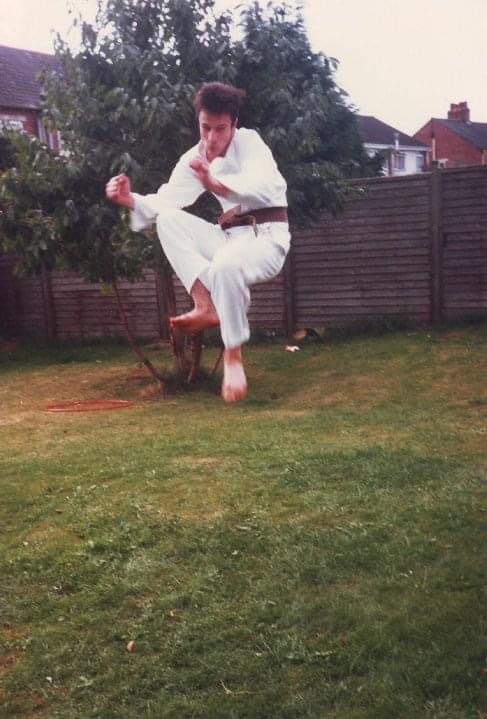
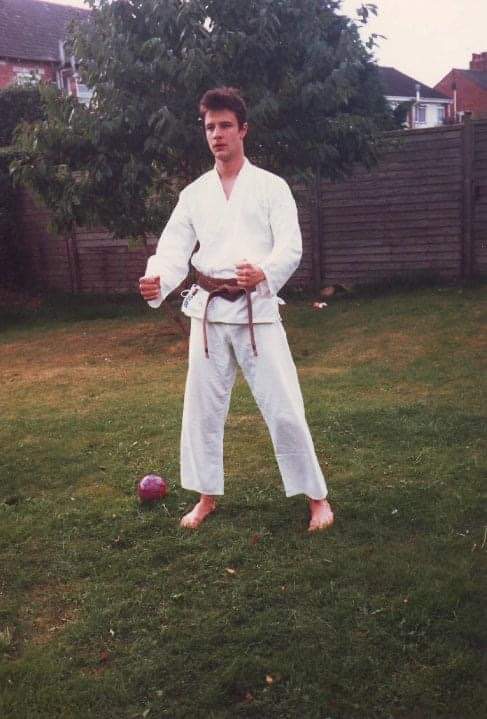
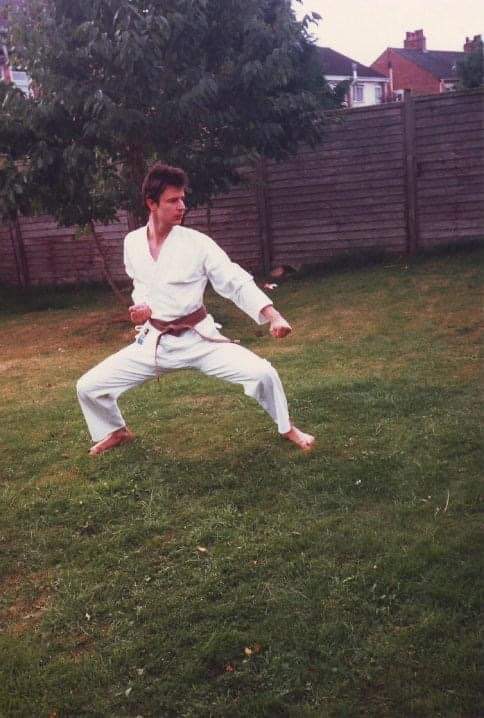
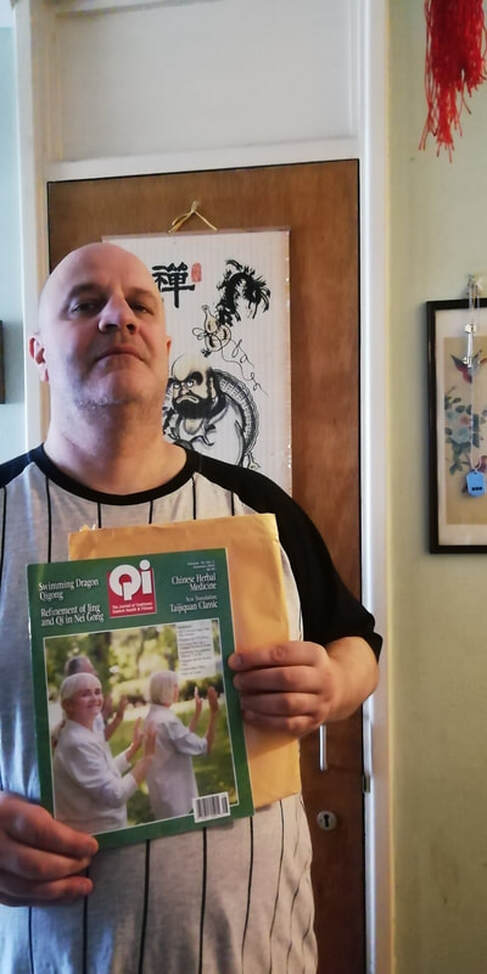
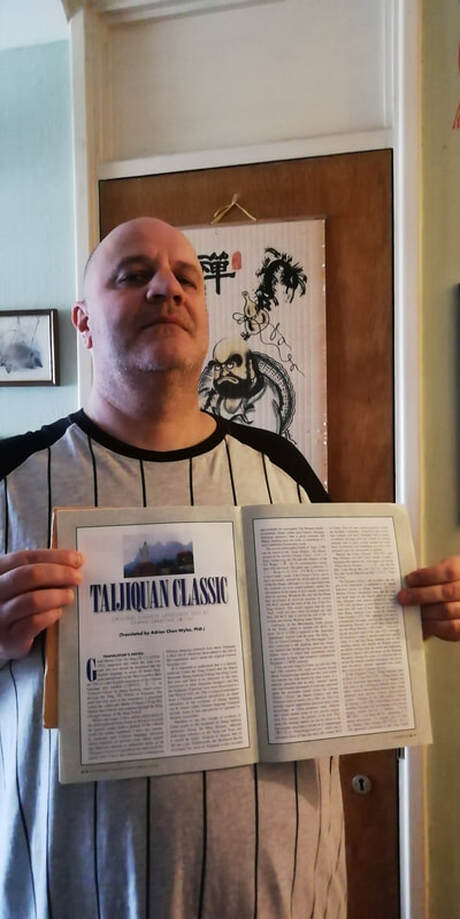

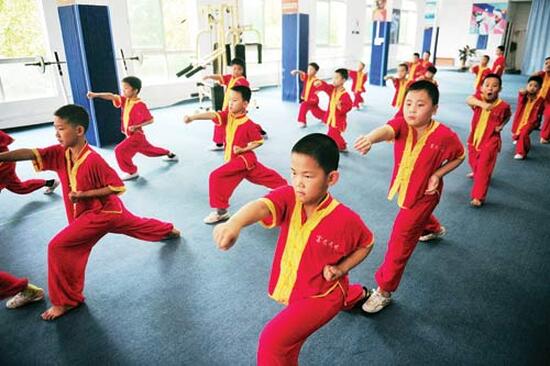
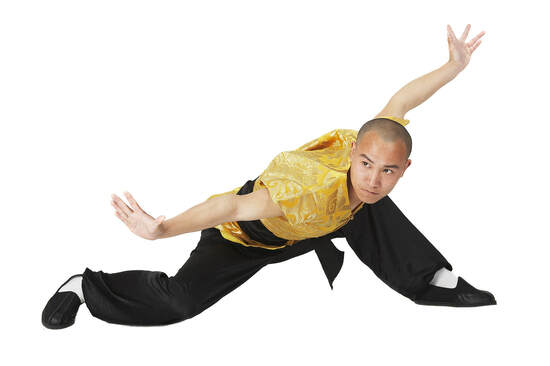
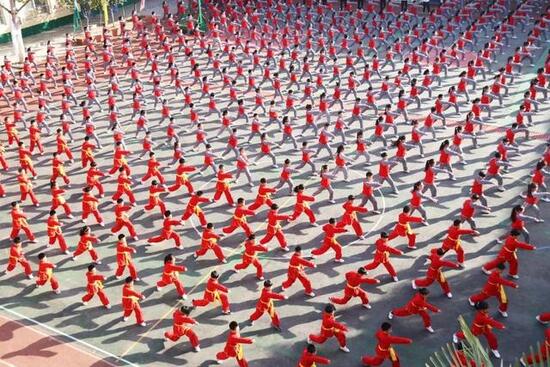
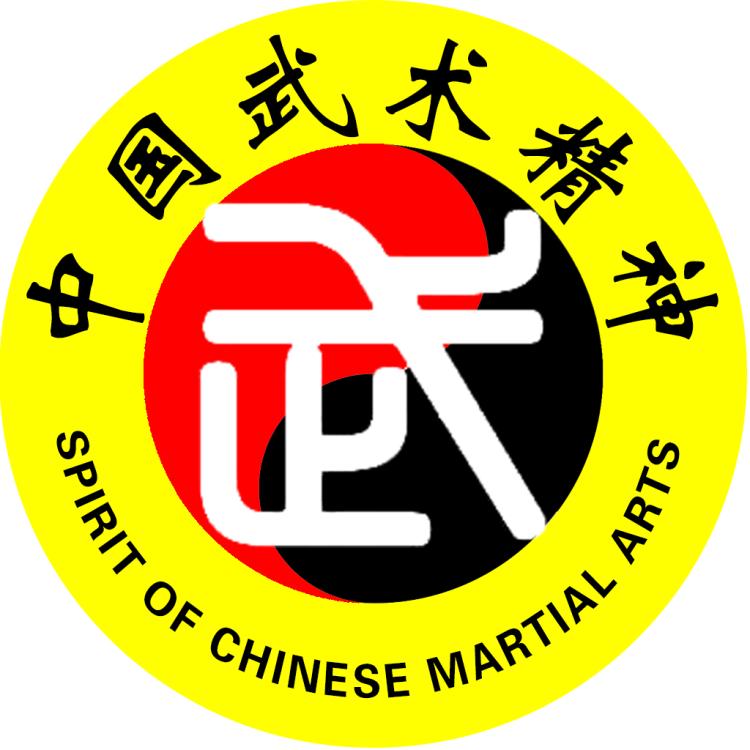
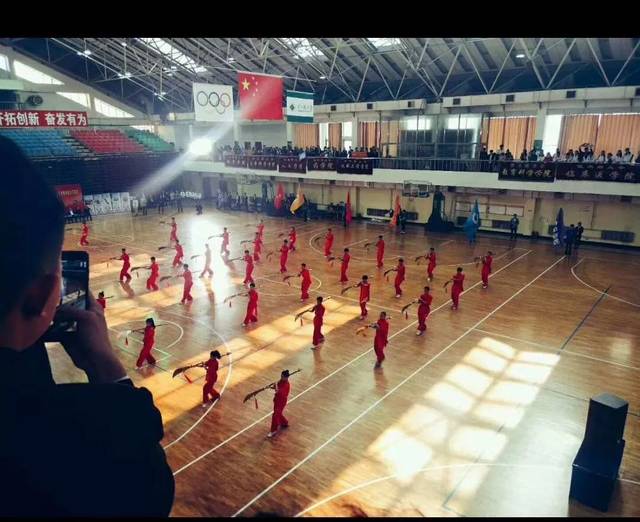
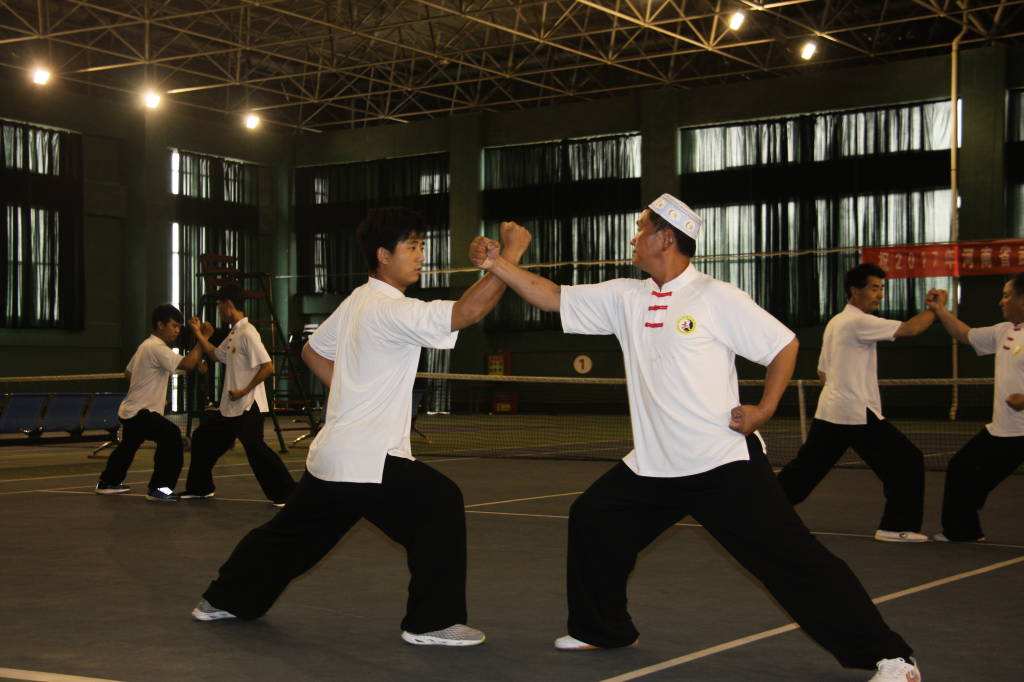
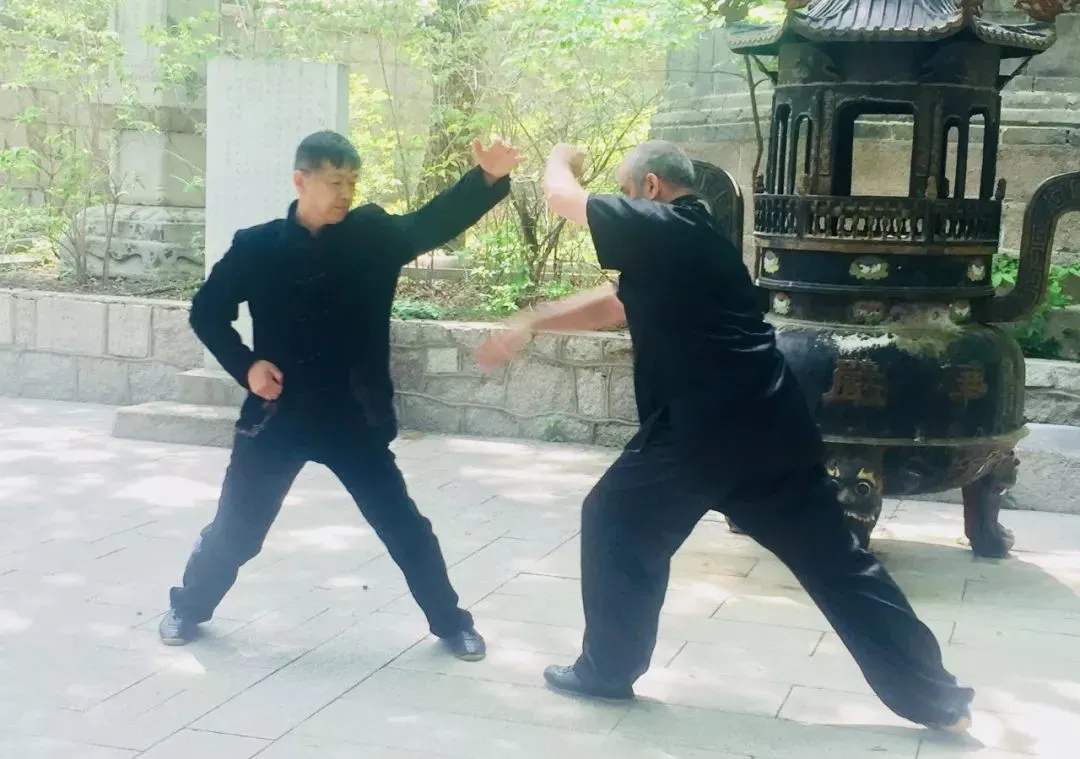
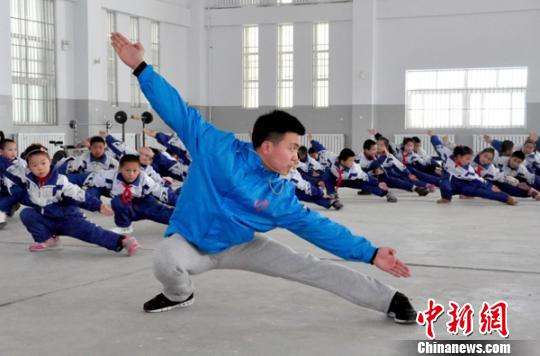
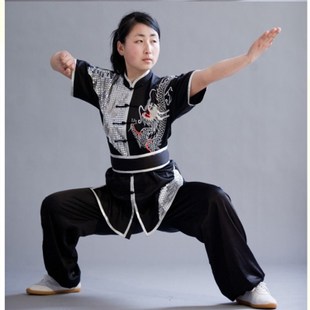
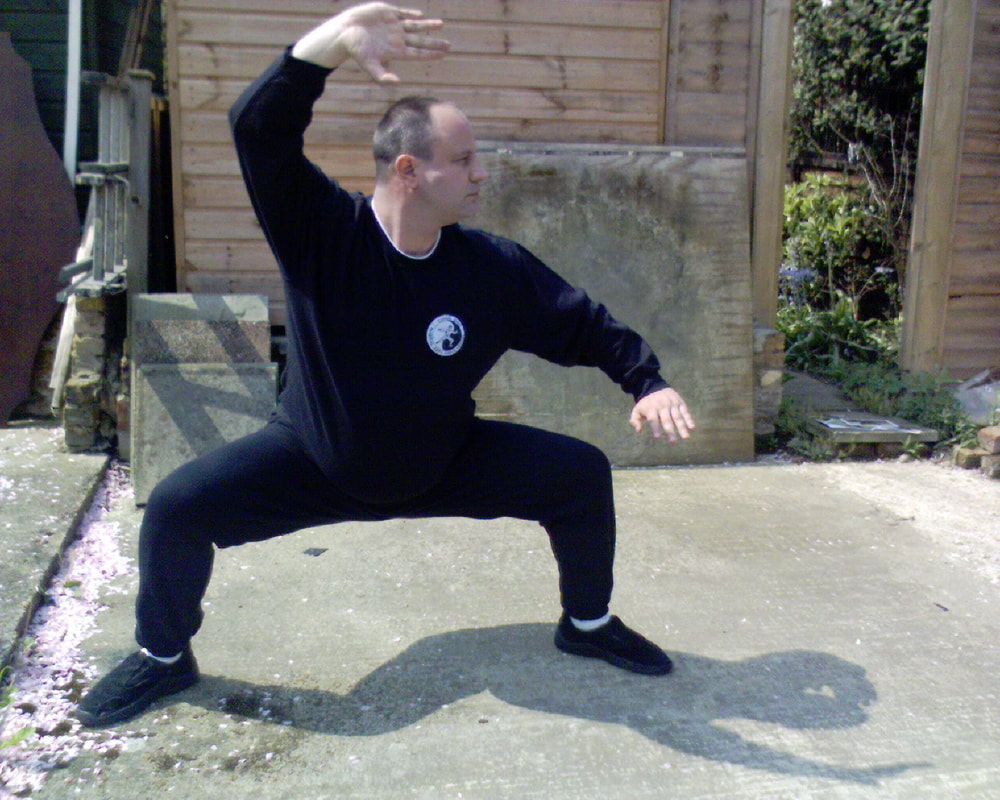
 RSS Feed
RSS Feed